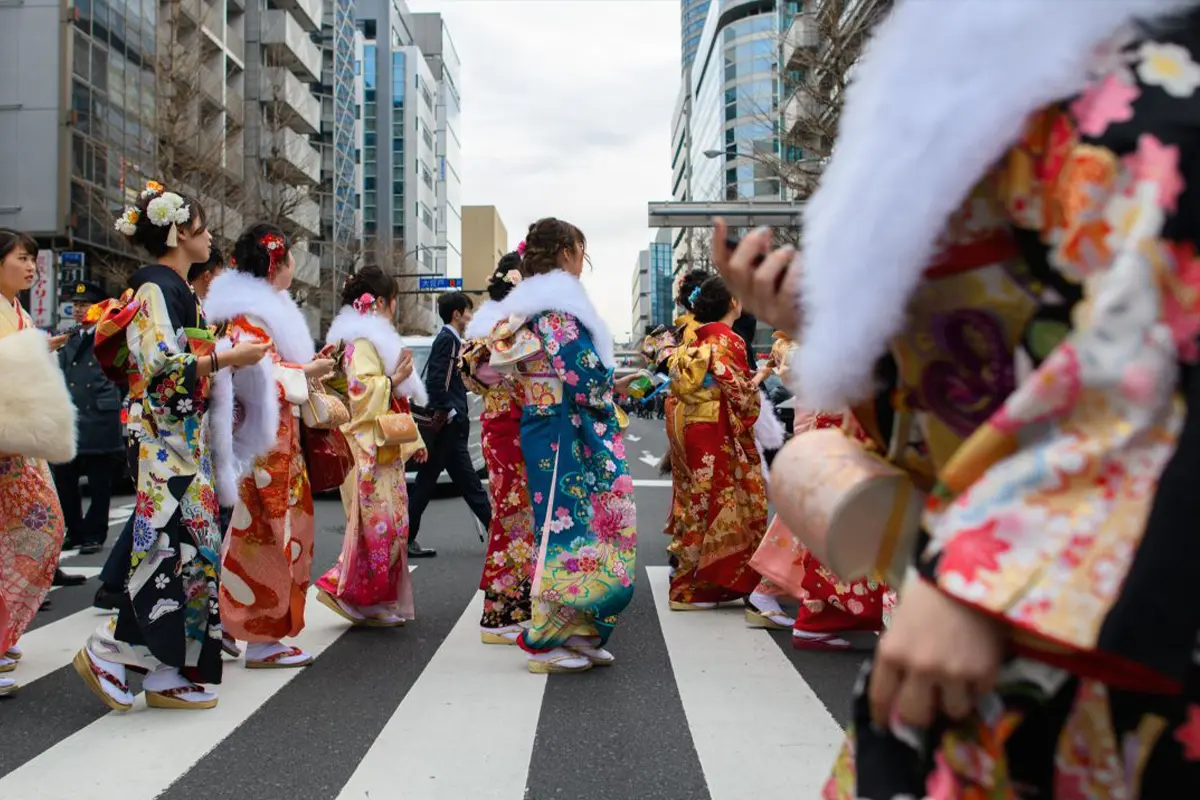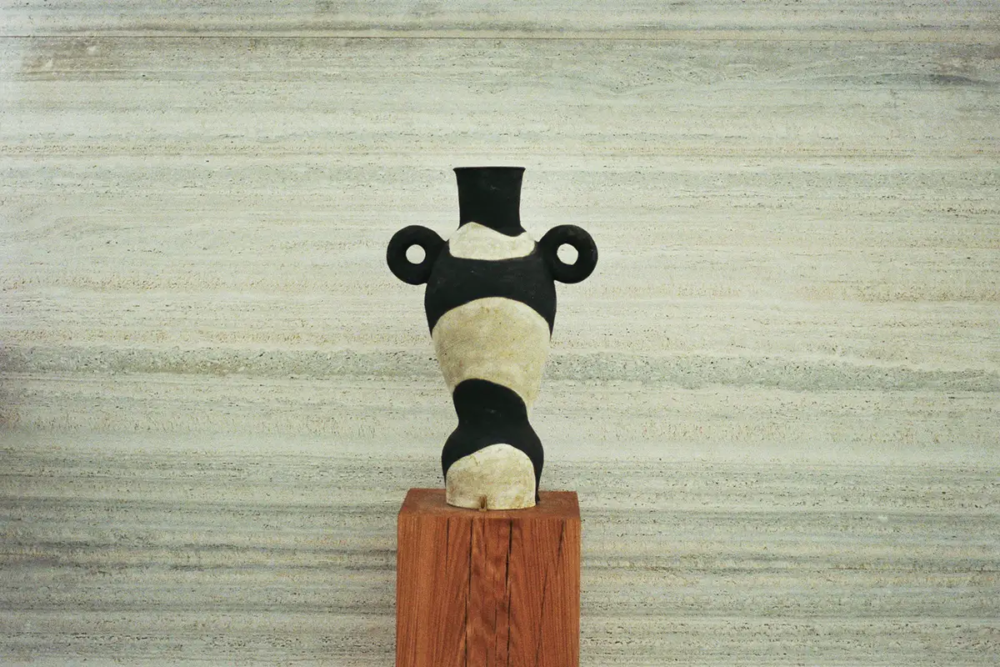
Your obsession over non-Western cultures is not appreciation. It’s fetishization
The origin of Eurocentric superiority of costume dates back to Social Darwinism and the idea of the West and the Rest. How is the fashion industry intended to move forward from that?
The Eurocentric and EuroAmerican views in Fashion: Inclusivity is not enough
The runaways have learned how to practice inclusivity. Nearly every hip advertisement campaign, whether is beauty or fashion, showcases a multiracial model. These models are presented with effortless beauty traits and possess distinctive features that would make them stand out from the rest.
An illusion of the ‘I woke up like this’ appearance. This push towards inclusivity in the fashion industry has made it possible for many categories to be included where they were not particularly represented before. However, the question remains: does this trend indicate progress towards a post-racial society, or is the fashion industry merely fetishizing racially ambiguous imagery?
Eurocentrism in Ethnic Dress study
Eurocentrism in the realm of fashion discourse extends well beyond this specific case. Its roots can be traced back to the era of colonialism, where the concept of the West and the rest was established, leading to distinctions and hierarchies based on clothing.
The study Eurocentrism in Ethnic Dress conducted by the University Digital Conservancy, reveals that during the Age of Exploration, depictions of Westerners and non-Westerners together often portrayed foreign clothing as a symbol of Western dominance, serving to justify their superiority. Classical fashion theory also reinforces these biases by categorizing dress within an exclusive system, creating a clear dichotomy between Western fashion and attire from other parts of the world.
The origin of Eurocentric superiority dates back to Social Darwinism: The idea of the ‘West and the rest’
Darwin’s theory of evolution also contributed to this bias, as Social Darwinism categorized societies based on their level of development, with more politically complex and technologically advanced societies being seen as more European, while simpler, traditional societies were viewed as less evolved. This evolutionary perspective metaphorically presented cultural diversity as a journey upward culminating in ‘us’ and our way of dressing.
‘Eurocentrism in the study of ethnic dress’ by Suzanne Baizerman, Joanne B. Eicher and Catherine Cerny
Since childhood, we are taught that our way of dressing is the ‘correct’ way. For Europeans and Americans, this has led to studying the dress of other cultures from an ethnocentric perspective, similar to how members of other cultures might be biased when studying European and American dress. The term Eurocentric carries a negative connotation, referring to a limited worldview that primarily focuses on European and Western cultures, often neglecting Asia, Africa, and Latin America.
Early in the Twentieth century, dress was used as a means to demonstrate a society’s advancement along the evolutionary path. Dress practices of colonized societies were modified to align with Western norms, under the belief that this would extend civilization.
The Eurocentric view also influenced the evaluation of dress and technology in other cultures, for example, simpler rectangular garments were considered less evolved than complex cut-and-sewn forms, and backstrap looms were seen as less developed than mechanized treadle looms. As garments became more intricate, their original purposes of adornment and protection were sometimes overlooked.
The Eurocentric Fashion Industry: Millennials and the fetishization of multicultural ethnicities
Fetishization lies at the core of commodification. A relationship centered on the worship of objects, substituting human connections with a fixation on these objects, and having a delusional belief in their inherent power. This dynamic influences consumer culture, which becomes fascinated with alluring objects, including objectified individuals for their inherited traits, color of the skin and their costumes.
Fetishization has become a powerful tool of strategic communication as a means, a valuable media asset to capitalize on. The presence of multicultural individuals in campaigns implied that achieving racial equality wouldn’t necessarily require a radical dismantling of white predominance but could instead come about through a gradual and passive blending of racial boundaries, while still comfortably maintaining a white presence.
[envira-gallery id=”133332″]
Multicultural Millennials: The Multiplier Effect study
In January 2017, the study ‘Multicultural Millennials: The Multiplier Effect’ published by Nielsen, revealed that multicultural millennials, encompassing African American, Asian American, or Hispanic backgrounds, are viewed as possessors of a halo effect, where all their actions and therefore their presence is perceived positively. In response, mainstream brands have amplified their targeting of multicultural millennials in recent campaigns, often crafting formulaic multicultural casts.
At first glance, the rise of multiracial models might seem like progress in representation. However, a closer examination reveals that it remains superficial. The movement for inclusion may have sincere and democratic origins, but once it is embraced by big brands, diversity becomes merely a strategy to support existing capitalist structures.
The Eurocentric and EuroAmerican way: labels are used to describe the unknown
Labels are used to describe dress from less familiar or unknown cultures, drawing upon myths and fantasies with connotations rooted in Puritan ideas about pagans and heathens. The most common are: ethnic, non-Western, peasant, folk, primitive, tribal, exotic, regional, national, non-industrial, and traditional.
These labels often promoted stereotypes, dehumanizing and distancing those described, implying that non-Western or non-industrial clothing traditions fell short of the standard of modernity and technological sophistication associated with the Euroamerican world.
This terminology not only established boundaries between Euro American society and the rest of the world but also reinforced a hierarchical relationship between a powerful Euroamerican elite and a less powerful Other. They may imply a patronizing perspective of the colonizer hence suggesting the inferiority of the colonized.
Fashion and Race database by Kimberly Jenkins – Decolonializing the Eurocentric view in Fashion
Changes have been made in favor of inclusivity and democratic representation in the fashion industry. However, most of the time they feel as superficial as they can be, with mere symbolic gestures, indicating that the industry’s structure remains largely unchanged.
In the wake of several racial controversies in 2020 following the death of George Floyd, Breonna Taylor, and Ahmaud Arbery, Etro’s first physical fashion after Covid held at Milan’s Four Seasons hotel, where only one non-white influencer was present among eighty guests, and the unpleasant racial profiling episode occurred to Edward Enninful, the black editor of British Vogue, experienced upon entering the Conde Nast building, BAME members of the fashion community who have faced similar experiences of exclusion and discrimination arose condemning those behaviors.
As a consequence, Kimberly Jenkins created the Fashion and Race database, a resource dedicated to combating racism and promoting diversity within the fashion industry. Its primary focus is to shed light on overlooked histories and amplify the voices of marginalized individuals within the fashion system.
The Fashion and Race database decolonizing the Eurocentric view in Fashion
The database presents an alternative vision of fashion history, highlighting long-forgotten BAME designers and sartorial artifacts. The database’s Profiles section showcases fashion figures who broke barriers, representing a diverse range of backgrounds, such as Asian, Arab, Indigenous, Latinx, and more.
The Objects That Matter section focuses on items that tell this alternative history, like the durag, turbans, and various hairstyles, while also shedding light on instances of historical racial oppression, such as offensive magazine covers and ads.
By spotlighting the resilience and creativity of historical BAME designers, the database aspires to transform fashion history into a more inclusive and diverse narrative, aligning with the current moment when such change is crucially needed.
Asian fetishization began with the US involvement in wars in Vietnam, Korea, and the Philippines
Discrimination towards Asian people in the Western countries has a long history dating back to the colonial era. Asian women have been objectified and portrayed as sexually alluring and seductive leading to discriminatory legislation like the Page Act of 1875, which prohibited Chinese women from entering the U.S.
Similarly, Asian men have been depicted as undesirable and emasculated, contributing to policies like the Chinese Exclusion Act of 1882, which banned all Chinese immigration due to growing anti-Chinese sentiments. The fetishization of Asian people has been influenced by U.S. involvement in wars in Vietnam, Korea, and the Philippines.
Appropriation and Authenticity in American Law – Susan Scafidi
This historical fetishization continues to have implications in the present. Susan Scafidi, the founder and academic director of the Fashion Law Institute at Fordham Law School and author of Who Owns Culture?: Appropriation and Authenticity in American Law, explains that in the realm of fashion, Asian models are seen as interchangeable props through the lenses of sexualized stereotypes such as dragon-lady dominatrices and eager-to-please geishas whose style elements can be stolen.
This illustrates a societal pattern where certain ethnic features are only considered desirable when displayed by white people. The fetishization of Asian people has contributed to the alarming increase in anti-Asian hate crimes and sexual trafficking, towards Asian women in particular.
The Eurocentric and distorted vision of Asian culture: Dior, Dolce&Gabbana and the K-pop
Last April, luxury fashion house Dior attracted worldwide disdain for being at the center of a controversy. The brand has faced accusations of racism on Chinese social media due to an advertisement featuring an Asian model pulling up the corner of her eye.
The image was posted as part of Dior’s new makeup collection promotion, with the caption ‘Channel your feline fierceness’. After being shared on Chinese social media platforms, the advertisement received criticism and triggered the trending hashtag ‘Dior makeup advertisement accused of discriminating against Asians’ on Weibo.
The newspaper Global Times also published an editorial calling on the brand to issue an apology. The editorial expressed concerns about the act of ‘pulling your eyes back’, stating that it ridicules the appearance of Asians, particularly East Asians. The paper urged Dior to acknowledge its mistake, offer a sincere apology to Asian society, and provide clear statements on how it intends to prevent similar issues from arising in the future.
Eurocentrism in Fashion: Dolce & Gabbana’s ‘The Great Show’ 2018 campaign controversy
This episode similarly recalls the controversy regarding Dolce & Gabbana’s ‘The Great Show’ campaign in 2018. The Italian luxury fashion brand launched three short videos on Chinese social media network Weibo to promote its upcoming Shanghai runway show, featuring an Asian woman in a Dolce & Gabbana dress attempting to eat typical Italian food: pizza, spaghetti and cannoli.
With Chinese popular music playing in the background, a Mandarin-speaking voiceover kicks in saying: ‘Welcome to the first episode of Eating with Chopsticks by Dolce & Gabbana’ in a way that mocks Chinese pronunciation. The tagline is followed by sexual references such as ‘Is it too big for you?’ while the woman is attempting to pick up the cannoli.
‘Let’s use these small stick-like things to eat our great pizza margherita’ they instruct in another video. The explicitly racist campaign showed the brand’s outdated view about China and oversexualized depiction of Asian women. In response to the controversy, some individuals called for a boycott of the brand, believing that it was necessary to protect Chinese dignity from further disrespect by foreign brands.
Discrimination of K-pop
Manifestations of fetishization have extended to K-pop as well, the abbreviation for Korean popular music, a genre that has gained international popularity, setting records and achieving high sales figures. K-pop groups, consisting of both girl and boy bands, are known for their flashy and intricate performances, catchy music, and Tik-Tok approved dance performances.
K-pop band members often suffer the infantilization of male singers followed by the obsession for their appearance and actions and baiting, evident in trends like the fox-eye look on social media. When non-Asian individuals adopt these traits, they are often praised for their beauty, while Asians with similar features face mockery and discrimination.
The first Vogue cover with only dark-skinned models: authentic portrayal or tokenism?
Although women of African descent with African features are gaining prominence in the modeling industry, their popular representation may still be perceived as tokenistic. Instead of embracing the full diversity and imagination that other models receive, these black models are sometimes relegated to stereotypical portrayals, hindering their opportunities for creative wardrobe, hair, and makeup choices. Tokenism and shallow portrayals persist, hindering the industry’s progress towards true inclusivity and celebration of blackness.
Recent examples show that fashion houses are casting dark-skinned Black models for runway shows and beauty campaigns, possibly addressing the bias known as colourism. However, the effectiveness of these efforts is debatable.
Appreciation, rebellion or a fetishization of black skin? British Vogue’s February 2022 cover
The cover of British Vogue’s February 2022 issue, for instance, raises questions about whether it represents an artful expression of appreciation for blackness, a rebellion against long-standing discrimination, or a fetishization and glorification of black skin that fails to represent everyday experiences.
Sudanese comedian Akau Jambo went as far as calling it ‘black skin porn’, suggesting that the portrayal of dark-skinned black women seemed disconnected from their real identities, perpetrating European colonial and fetishistic views of black people, echoing historical patterns of dehumanization in European art.
Fighting Eurocentricity in Fashion. The social media role: Is there something we can do?
As consumers, we wield influence over the future of fashion. It’s evident that the industry has long been exclusive and made questionable decisions. Fashion has always held onto the need to uphold a certain fantasy that falls within pre-established canons ticking all the pre-established boxes.
We, as consumers, have the power to hold such brands accountable and prevent Western-centric views from becoming dominant in the industry. Social media serves as a potent tool, allowing us to voice our concerns and communicate directly with the brands, in a one-on-one conversation. By actively demanding greater respect, not only inclusion and diversity in such a wide-ranging and influential multi-billion dollar industry, consumers can drive a meaningful change.
Eurocentrism
Eurocentrism (also Eurocentricity or Western-centrism) is a worldview that is centered on Western civilization or a biased view that favors it over non-Western civilizations. The exact scope of Eurocentrism varies from the entire Western world to just the continent of Europe or even more narrowly, to Western Europe (especially during the Cold War). When the term is applied historically, it may be used in reference to an apologetic stance toward European colonialism and other forms of imperialism.







